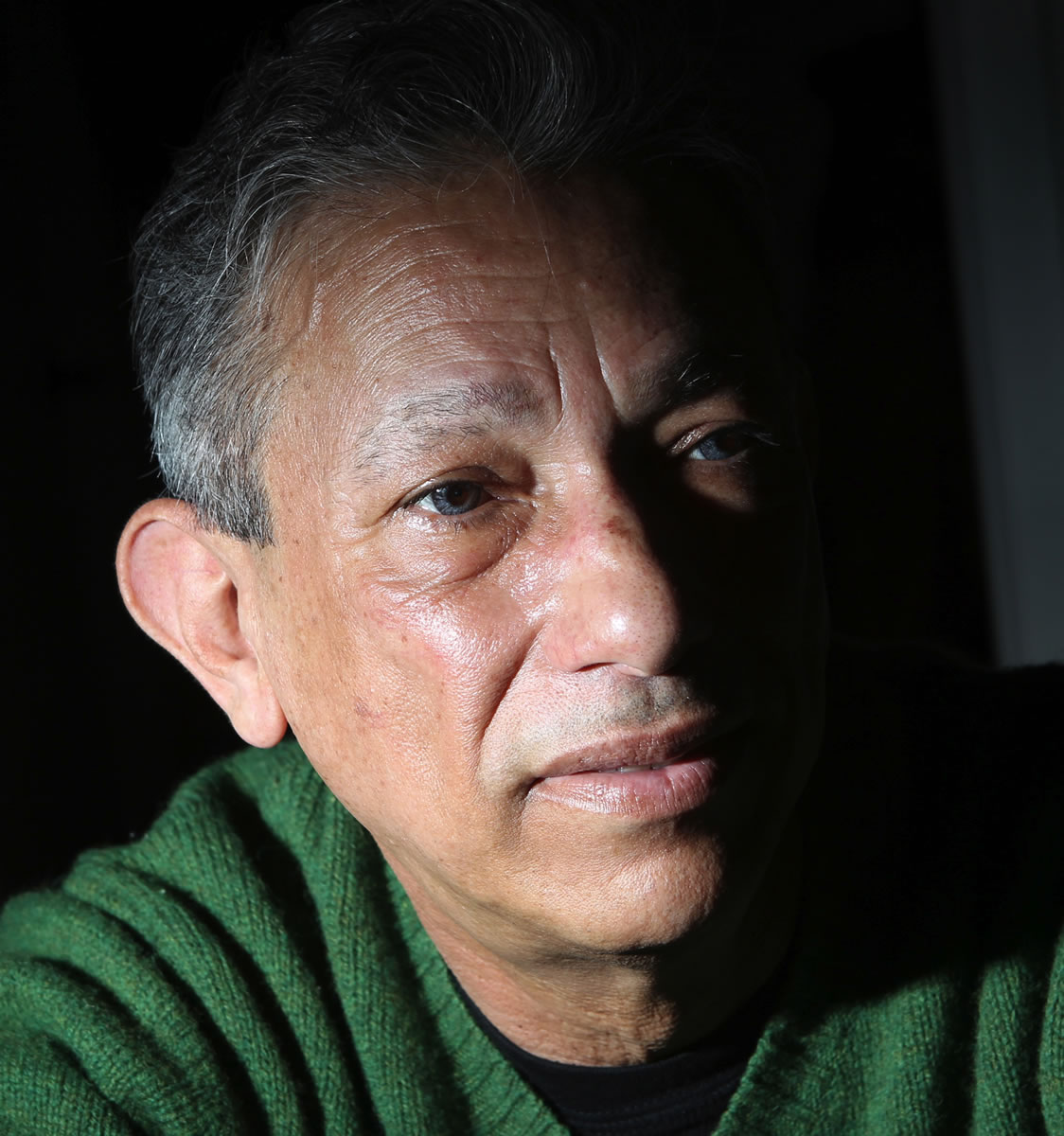WALNUT CREEK, Calif. — Not long after Bob Reed learned in 1986 that he had AIDS, he watched 20 of his friends die from the disease as it ravaged his body and he battled to survive.
Today, as he sits in his Saratoga, Calif., home feeling better than he has in years, he ponders a question no one can answer.
“Why did I make it and other people didn’t?” he asks. “There’s a part of me that has a little bit of survivor guilt.”
As the epidemic enters its fourth decade, Reed, 57, is among a growing number of people who are living with HIV or AIDS into their 50s, 60s, and beyond, surviving with a new generation of medications that have greatly increased life expectancy.
Before the mid-1990s, three-quarters of people infected with HIV, the virus that causes AIDS, died within 10 years. Now, for those who get early diagnosis and prompt treatment, nearly normal life spans are possible.
About 1.1 million American adults and teenagers were living with HIV infection in 2009, and 17 percent of them were 55 or older, according to the latest estimate.
Still, aging with HIV has unique health challenges. Some people grapple with chronic conditions typically seen in those who are 20 years older — heart disease, bone loss and kidney damage. Others deal with premature aging of an immune system that has fought the infection for years.
And scientists are just beginning to explore the long-term effects of a complex cocktail of HIV medications, including how they interact with other drugs that aging people often take.
Despite the challenges, many who have worked with HIV-infected people for years — and seen so many die — say aging with AIDS is survival.
“This is a wonderful problem to have,” said Alvan Quamina, executive director of AIDS Project East Bay.
Reed spent nearly half of his life assuming he was about to die.
He had a stroke in 1994 and now has heart disease that led doctors to install two stents in his arteries.
His toughest year came in 2005 when a painful stomach infection caused him to vomit almost daily and the 6-foot-1 former nurse’s weight dramatically dropped to 130 pounds. He had a feeding tube in his chest for months.
“He spent much of the year near death,” recalled Phil Hofford, his partner of 21 years. “We were pretty much making final plans a couple times during that period.”
It wasn’t until 2009 that a newly available medication resolved his stomach infection, “and saved my life,” Reed said.
In November, he felt well enough to start working again. He now does HIV test counseling at the Billy DeFrank LGBT Community Center in San Jose, Calif., and weighs a healthy 182 pounds.
Yet their home is a constant reminder of the ravages of the disease.
Its previous owner took in people who had AIDS during the early days of the epidemic. More than 20 people died in the single-story house near the San Jose border. But Reed and Hofford consider living there uplifting.
“To me, it’s pretty awe-inspiring to know what was going on in that house,” Hofford said. “There has been more love in that house for the people that passed on than most houses see in a lifetime.”
Reed said he has no idea why he survived when so many others did not.
“Whenever my T-cells (white blood cells that help the body fight disease) were the lowest and hope was the least, a new medication would come out,” he said. “I’m just one of the luckiest people I know.”
Those who look at Joey Wever these days would never guess he has HIV.
The 63-year-old Oakland, Calif., resident learned he was infected in 1996, after an eye doctor noticed his eyes were damaged and asked if he had been given an AIDS test.
“I lost about 40 percent of my peripheral vision on the right side,” said the former X-ray and ultrasound technician.
But by 2000, he had improved enough to take a full-time job with the city of Berkeley, Calif., as a social worker for Meals on Wheels. He was so busy, however, that he neglected his regimen of pills every eight hours.
He developed a resistance to the medications and at 5 feet 8, watched his weight plummet from 155 pounds to 128.
“I saw my reflection on glass and I even scared myself,” he said.
His doctor changed his medications and his health improved, but his life really turned around when drugs known as protease inhibitors came out.
“I feel so energetic and I’m more involved in the community,” he said.
The medications for those infected with HIV have greatly improved, but questions remain about the long-term effects.
“Most of the studies were initially done on much younger patients because that’s who was more likely to be infected,” said Dr. Michael Horberg, Kaiser Permanente’s national director of HIV/AIDS.
“So we don’t know how all the antiretrovirals are going to work as patients get older and have been on these meds cumulatively many more years.”
The epidemic is by no means over: In 2011, nearly 50,000 new HIV infections were identified in the United States and more than 32,000 people were newly diagnosed with AIDS, according to the latest national Centers for Disease Control and Prevention report.
The early aging of people with HIV may not lead to more gray hair and wrinkles, but it becomes apparent in their blood and immune systems, said Dr. Mark Holodniy, an infectious disease professor at Stanford University and director of public health surveillance for the Department of Veterans Affairs.



